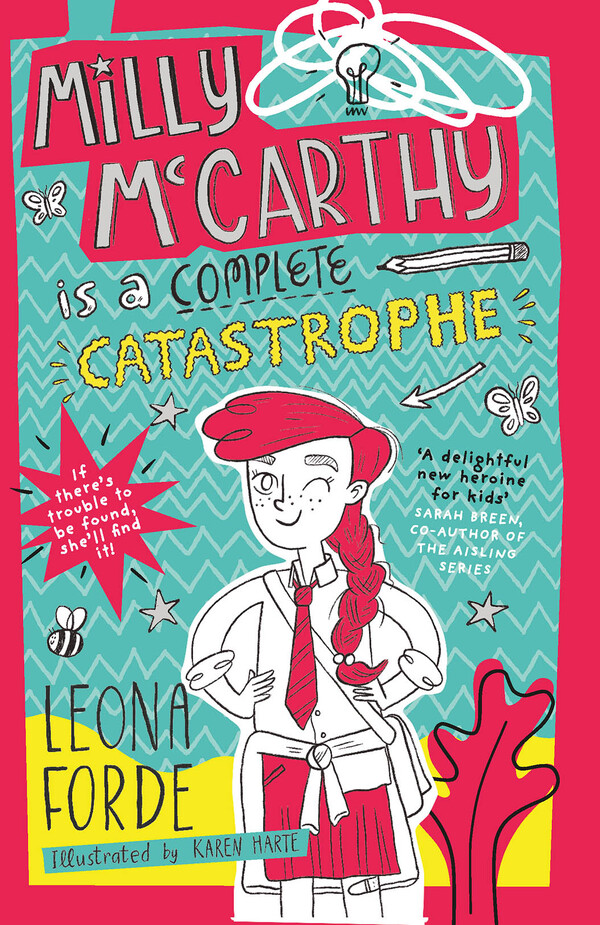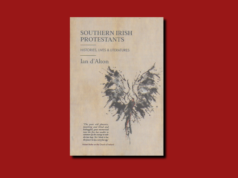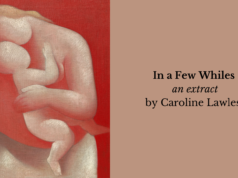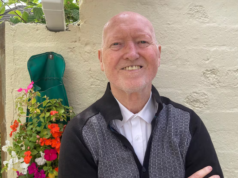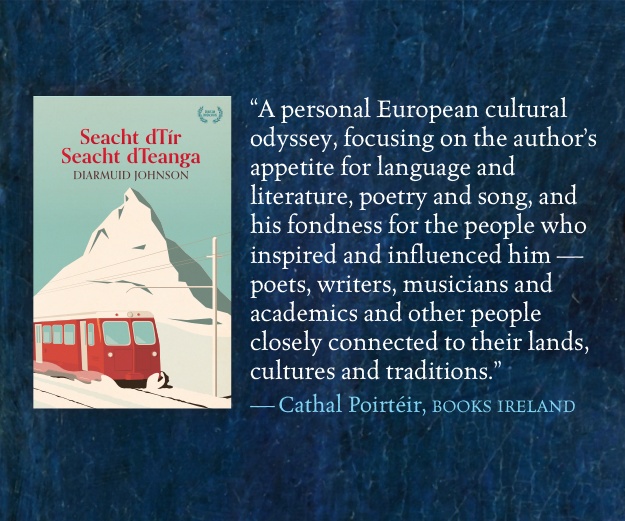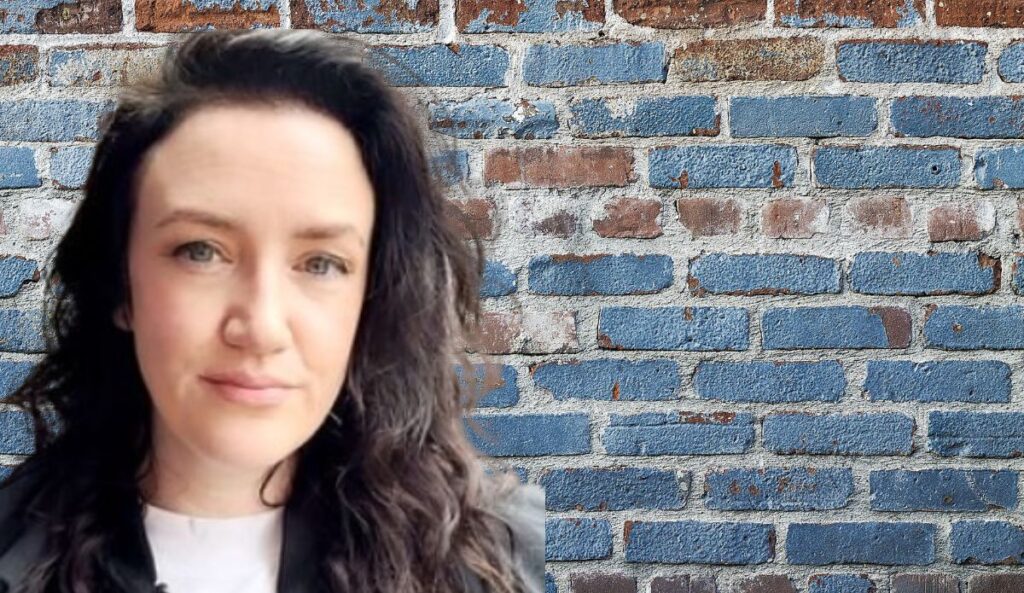
Illustrator of Milly McCarthy is a Complete Catastrophe, by Leona Forde (Gill Books), Karen Harte talks all things artful for the next in our Under the Covers series
What brought you to illustration?
I studied English & Media in college and then went on to study animation, which led to my career in visual and motion design. I have always, always loved to draw. Like most people, it was something that I did since I was very young, but thankfully I kept it up.
Some of my earliest memories were reading my grandad’s comic scrapbooks, where he would paste Garfield and Hagar the Horrible comics he had cut out from the newspaper. I can still draw Garfield from memory because I practiced drawing him so many times!
A few years ago, I started to put my illustration work on my Instagram page and I decided I wanted to pursue my passion and see if I could live out some dreams and goals I set for myself.
As I work in a full-time design job, and I’m also a busy mam of a toddler, my spare time is precious and rare but I make sure to dedicate whatever time I can to focusing on my illustration work.
Over the years, I feel I’ve been able to slowly settle into and grow my confidence in my ability to be a commercial illustrator.
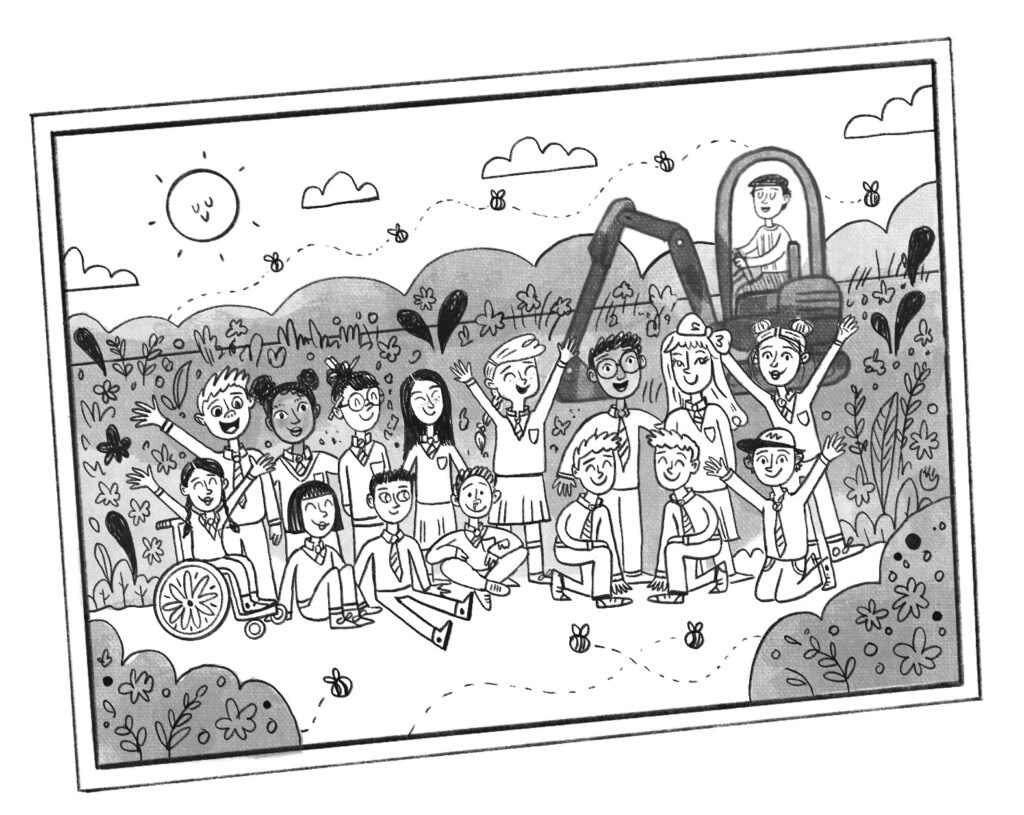
What is the most misunderstood thing about an illustrator’s role?
That we just sit in brightly coloured jumpers, staring out the window, doodling and drinking endless cups of tea….now while that is what I would LOVE to be doing all the time, unfortunately there is more to it than that.
A lot of routine, organisation, planning and incubation periods go into being a creative professional. Deadlines, conferences, invoicing, meetings, meetings that could have been emails – all happens for illustrators too!
What do love about your work?
The thing I love most about my work is when it opens up conversations with people – from more difficult subjects as well as silly, light-hearted pop culture references. I love that about comics too – the way I can have a thought and then translate that into a few panels, and if other people can relate to it or think it’s funny, that is such a great feeling.
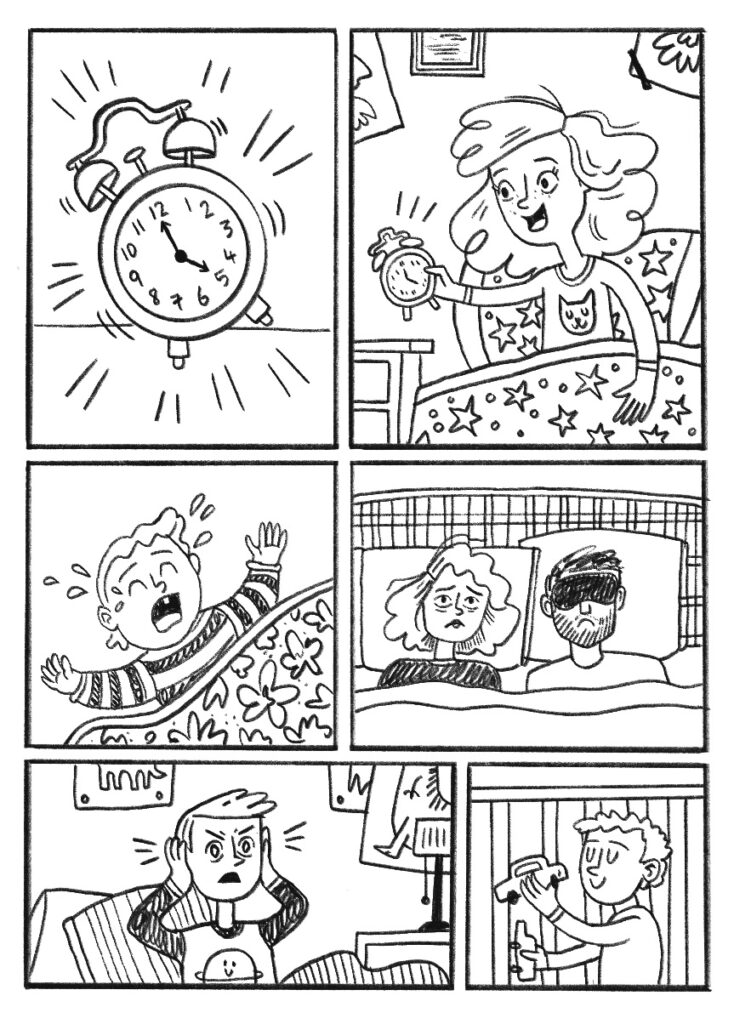
How do you approach illustrating someone else’s story (as opposed to your own)?
I think the key is understanding the context and characters, getting a sense of their perspective and where their world is based. Then taking another read of the story and visualising the characters yourself.
For Milly McCarthy, I put together a mood board of photographic references of the type of girl I imagined she was while reading about her. It was also really helpful to have conversations with the author Leona Forde, as she sent me back her mood board ideas and also her daughter’s doodles of the characters which were amazing!
It’s important to see if your mind’s eye matches up with the author’s and to make sure you do justice to their vision for the characters.
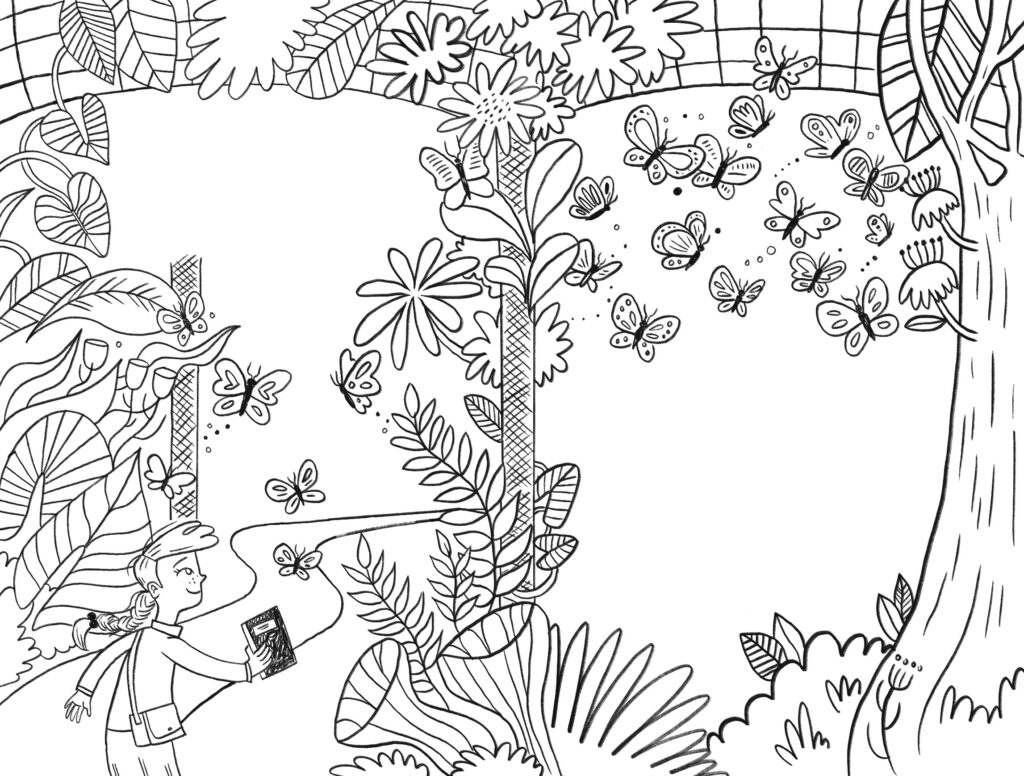
What do you keep in mind when illustrating for children (as opposed to illustrating for adults)?
Apart from the obvious more serious/adult themes, I don’t really see illustrating for children as different to when I illustrate something aimed at adults. Children have a complex visual vocabulary and might be relying on the image alone to convey the message if they aren’t of reading age yet, and even if they are – they will want to see the accompanying imagery for any extra clues and to pick up on the tone.
I also think children are really aware of the little touches and zone in on details in illustrations more than adults would. We are usually too busy flying through the story or scanning the page that sometimes we miss those small details that children pick up on.
I remember my favourite books in the library as a 8 year old were the super detailed illustrated historical and factual books – I would look at these huge spreads filled with facts and little jokes and visual gags and be able to come back to that same book week after week and see something new.
It never occurred to me to actually take the book out on loan, no no, I needed to read it in the children’s section of the Ilac centre library. On those tiny chairs and snot encrusted tables. Good times.
What’s the most challenging thing for you about the process?
I think knowing when it’s done is the most challenging part of the process. I have always tried to foster a ‘done is better than perfect’ mentality, but it’s hard! Sometimes I might overwork a piece and wish I’d stopped ten minutes ago, but you live and learn – and you also save a tonne of different versions!
What’s the most important lesson you’ve learned as an illustrator?
For me, it’s definitely about growing my confidence in myself and my abilities. Putting my work out there was the only way for me to do that. Until people saw what I could do, I didn’t really believe that I could do it or that I could realise my dreams because that was what ‘real artists’ did.
And I always had a very supportive circle of family and friends that thought I was talented and helped me – but feedback from strangers is critical for you to see outside of your bubble too. I didn’t want to be like one of those X Factor contestants whose family all clap along while they go onstage and absolutely murder ‘’Look at me” by Geri Halliwell!?
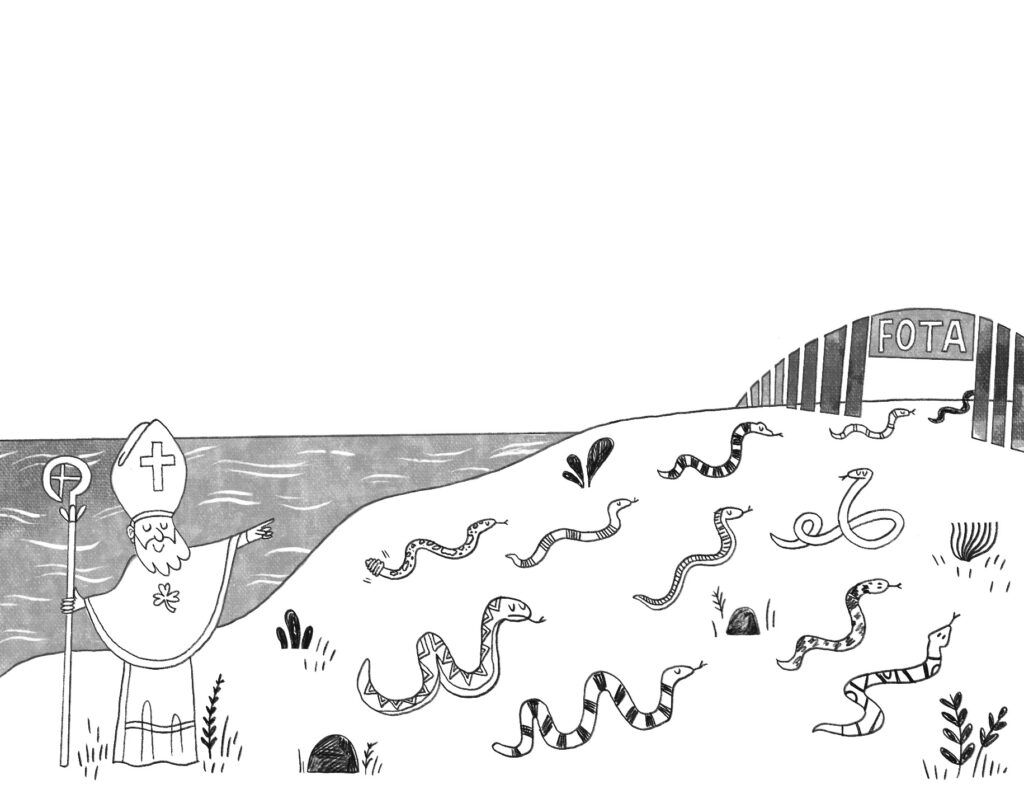
Do you think that illustrators – particularly of children’s books – are given enough credit?
I think historically they haven’t been but things are definitely changing and recognition is being shown for the work that children’s book illustrators do and the value they bring to a project. Campaigns such as PicturesMeanBusiness have done great work at shining a light on the issues around this and helping Illustrators get acknowledgement and not be treated like invisible workers.
Illustrations that you’ve done that are close to your heart?
Milly McCarthy is a Complete Catastrophe is the first children’s book I have illustrated and I am so proud of the work I’ve done on this project. When I was approached by Gill Books to work on Milly, I genuinely thought the email wasn’t real because it was such a dream job.
Drawing the story of a cheeky, funny 10 year old girl from Cork that gets into hijinks in Fota Wildlife park?! It was a fantastic experience working with the author Leona Forde and with Gill books – it was all a really seamless process.
I had lots of freedom with the characters and their universe, and so much fun working on the details and little touches that accompanied Leona’s fantastic text.
What advice would you give to someone who is thinking about becoming an illustrator?
Put yourself out there, build up a community online and in person. There are loads of amazing markets like DCAF where you can meet like minded people and discover new artists.
I went to the Dublin Zine Fair many years ago and I met my now-friend, illustrator Sarah Bowie – before we even knew each other, when I said I really wanted to make my own zines and comics, she told me, “You’ll have a stand here next year!”. Growing your network and having a supportive community is really invaluable.
Build up your skills, keep sketchbooks, write down ideas and consume culture in all its glorious forms. There is so much to be inspired by out there.







